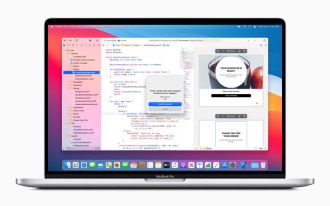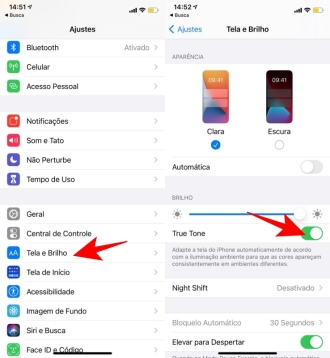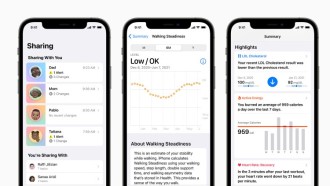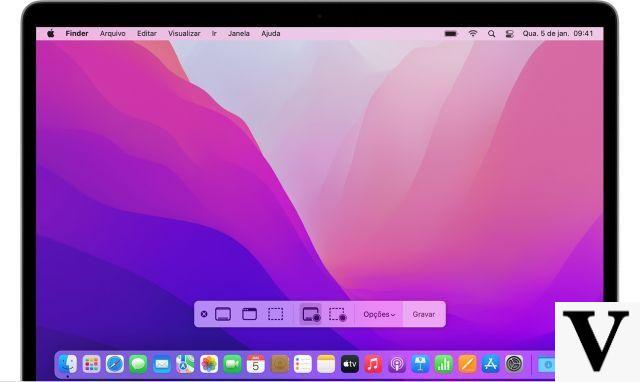The importance of regularly backing up macOS to your Macbook or iMac cannot be overlooked. There are probably many important documents and files that reside on your machine's storage devices. A loss of data can be catastrophic.
In this article, we'll cover the different ways to back up on macOS, both locally and to the cloud or to an external hard drive. We'll also talk about what you need to do before backing up on macOS.
How to prepare your Mac for backup
Hard drives have limited space, and that space can run out quickly if you're backing up unnecessary items. To make sure your hard drive has enough space for the important stuff, you should use the CleanMyMac X application routinely. With it you can instantly detect and remove system files and folders that are taking up space.
CleanMyMac X's Smart Scan feature scans everything on your Mac, including your macOS system, large and old files, photo libraries, email app, iTunes library, and recycle bins. All this to find files for deletion.
1. Download CleanMyMac X (free);
2. Launch the application;
3. Under "Smart Analysis", select "Analyze";

4. Click Clean and watch in awe as your hard drive suddenly gains free space you never thought possible.
How to Backup Your Mac Locally
A local backup is the fastest way to back up your data. You have to move your files to an external hard drive. Hard drives and SSDs have dropped in prices a lot over the last few years, so you might be able to buy a relatively cheap one with decent capacity. Local backup is a safe and reliable way to protect all your important files and it's really easy to do.
How to Backup Your Mac Computer to an External Hard Drive
Most external hard drives and flash drives are not pre-formatted for Mac, so this is a job you'll need to do before transferring your files. If you are using an older hard drive that already has data stored on it, formatting will erase it. So, you may want to transfer all files to a different device before connecting the hard drive to your Mac.
You can format a hard drive or USB flash drive using the Mac's Disk Utility feature.
1. Connect the hard drive to your Mac. In Finder, go to Applications > Utilities and launch Disk Utility.

2. Select the hard drive you want to reformat in Disk Utility. Click Delete and confirm.

3. Rename the hard drive (eg "Mac Backup"), and choose a new volume format from the following options:
- macOS Extended (Journal)
- macOS Extended (Case-sensitive, Journal)
- MS-DOS (FAT): for Windows volumes 32 GB or less
- ExFAT: for Windows volumes over 32 GB

If you're not sure which option to choose, go to Extended (case sensitive, journal). This keeps your data organized and folders are case sensitive.
7. Click Delete and confirm.

How to Backup Your Mac Using Time Machine
Mac's built-in Time Machine feature is the easiest way to perform local backups. If you're using an iMac, you can keep your hard drive connected to your computer and set up Time Machine to run automated scheduled backups. Of course, this isn't always practical for MacBook users who frequently work on the go.

- Go to System Preferences > Time Machine and make sure it's on.
- Under Select Backup Disk, choose your hard disk.
- Click Options to verify that the settings are set to back up everything you want to save.
Time Machine will start running automatic backups, allowing you to recover all your data from the moment the process started.
How to Backup Mac Files Manually
If you only want to back up certain files, do it manually using drag and drop.
- Open Finder and select your hard drive.
- Open the window that includes the folders you want to move.
- Drag and drop folders into the hard drive window.
Cloning Mac Backup Hard Drive
Cloning lets you create a bootable copy of your hard drive for an extra layer of protection you can fall back on if your Mac is out of action.
With the Get Get Pro Pro tool, you can clone your hard drive and ensure that your backup boots anytime - whether it's APFS or HFS+.

How to Backup Your Mac with iCloud
Local backups are quick and easy, but physical hard drives are susceptible to failures and catastrophes. Storing data in the cloud removes these risks and is also very straightforward, particularly in the case of iCloud.
Once iCloud is up and running, you no longer have to worry about losing your photos, music, emails, contacts, calendars, reminders, notes, or Safari data. iCloud gives you 5GB of free storage to get you started, with options to upgrade to up to 2TB of storage space.
Before setting up iCloud to automatically back up your data, make sure you're running the latest version of Mac. You can find this out by choosing Software Update from the Apple menu and checking to see if an update is available.
1. Go to System Preferences and click iCloud.

2. Enter your Apple ID and select the service you want to store in the cloud.
3. Click the Options button next to Photos.

4. Select iCloud Photo Library, My Photo Stream, and iCloud Shared Albums.

Save Mac Data with Live Cloud Backups
Daily backups are great, but what if you're in the middle of an important task and your Mac suddenly crashes? You lose everything you worked on in the last hour.
To avoid this, it's worth knowing how to backup your MacBook or iMac using live backups. Live backups save everything you're working on, in the same way that iCloud instantly saves your photos to the cloud.
There are dozens of tools available to help you backup and sync data in real time, but the best ones are Dropbox, Microsoft OneDrive, Google Drive, and Amazon AWS. For encryption and expanded storage space, use CloudMounter to connect your cloud storage accounts to Finder on Mac.

Don't risk losing your important files
Backup your Mac now! Don't delay. System failure can occur at any time, and for a variety of reasons. Also, use a combination of local and cloud backups to be protected against all eventualities, and make the most of the tools available to ensure that your hard drives never fail. no space.

























